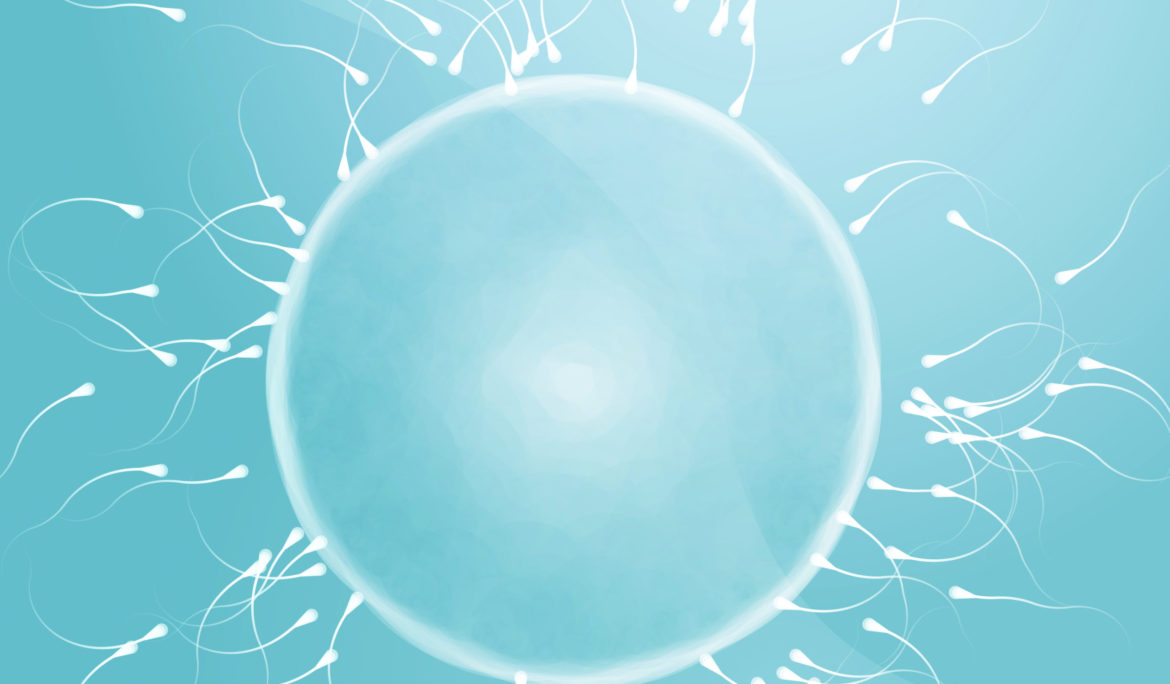Fresh vs. Frozen Embryo Transfer: Which Is Best for You?


When embarking on the journey of assisted reproductive technology, one of the critical decisions you’ll face is whether to undergo a fresh embryo transfer or opt for a frozen embryo transfer (FET). Both approaches have their advantages and considerations, and the choice depends on various factors unique to your fertility journey. In this guide, we’ll explore the differences, benefits, and considerations of fresh and frozen embryo transfers to help you make an informed decision on the path to parenthood.
Fresh Embryo Transfer:
Fresh embryo transfer involves the immediate transfer of embryos into the uterus following an IVF cycle. Here are some key aspects to consider:
1. Timing:
- Immediate Transfer: Embryos are transferred shortly after fertilization in the same IVF cycle.1. Timing:Delayed Transfer: Embryos are transferred at a later date after they have been frozen, thawed, and tested for viability.
2. Embryo Quality:
- High Viability: Fresh embryos are typically of high quality, as they are selected shortly after fertilization.
3. Synchronization:
- Better Synchronization: Fresh transfers align with the natural menstrual cycle, potentially improving embryo-uterine synchrony.
4. Hormonal Stimulation:
- Ovarian Stimulation: Fresh cycles require ovarian stimulation, which can lead to ovarian hyperstimulation syndrome (OHSS) in some cases.
Frozen Embryo Transfer:
Frozen embryo transfer involves the cryopreservation (freezing) of embryos for later use. Here are some key aspects to consider:
1. Timing:
- Delayed Transfer: Embryos are frozen and transferred in a subsequent menstrual cycle or later, allowing for flexibility.
2. Embryo Quality:
- Survival Selection: Only the embryos that survive the freezing and thawing process are transferred, ensuring their hardiness.
3. Hormonal Stimulation:
- Minimal Stimulation: FET typically involves milder hormone stimulation, reducing the risk of OHSS.
4. Cycle Preparation:
- Uterine Lining Control: FET allows precise control of the uterine lining, potentially enhancing implantation.
This table lists both the advantages and disadvantages of fresh embryo transfer:
| Advantages of Fresh Embryo Transfer | Disadvantages of Fresh Embryo Transfer |
|---|---|
| Immediate Transfer: | Risk of OHSS (Ovarian Hyperstimulation Syndrome): |
| – Embryos are transferred shortly after fertilization, reducing the waiting time. | – Ovarian stimulation in fresh cycles can lead to OHSS, a potentially severe condition characterized by swollen and painful ovaries. |
| High Viability: | Limited Flexibility: |
| – Fresh embryos are typically of high quality, as they are selected shortly after fertilization. | – Fresh transfers are time-sensitive and must align with the natural menstrual cycle, offering less flexibility in timing. |
| Better Synchronization: | Stress and Emotional Burden: |
| – Fresh transfers align with the natural menstrual cycle, potentially improving embryo-uterine synchrony. | – The immediacy of fresh transfer can be emotionally challenging for some couples, adding stress and pressure. |
| Ovarian Stimulation: | Embryo Survival: |
| – Fresh cycles require ovarian stimulation, which can lead to a higher number of eggs retrieved, increasing the chances of success in some cases. | – Not all embryos may survive the freezing and thawing process, potentially resulting in fewer embryos available for transfer. |
Fresh embryo transfer offers advantages such as immediate transfer and the potential for high-quality embryos, but it also comes with considerations and potential risks, which should be discussed with your healthcare provider during your fertility journey. The choice between fresh and frozen embryo transfer should be made based on your individual circumstances and preferences.
What factors should be considered when choosing between fresh or frozen embryo transfer?
1. Personal Health: If you are at risk of OHSS or have other health concerns, frozen embryo transfer may be a safer option.
2. Embryo Quantity: The number of embryos you have available can influence your choice. Some couples may opt for fresh transfer if they have a surplus of high-quality embryos.
3. Timing and Flexibility: Consider your personal schedule, work commitments, and emotional readiness for pregnancy.
4. Success Rates: Success rates for both approaches are similar, but factors such as age, embryo quality, and medical history play significant roles.
The decision between fresh and frozen embryo transfer is one that should be made carefully. Depending on your unique circumstances, one option may be more beneficial than the other. Speak to your fertility specialist to determine which approach is best for you.
When weighing your options, it’s important to consider the age of your embryos, the number of embryos available for transfer, and any health conditions that may influence your decision. Your doctor can help you weigh the benefits of each approach, and ultimately decide which transfer type is best for you.
Conclusion
The decision between fresh and frozen embryo transfer is a crucial step in your fertility journey. Consult with your fertility specialist to evaluate your unique circumstances and determine the most suitable option. Remember that there is no one-size-fits-all answer, and the choice should align with your medical needs, emotional well-being, and ultimate goal of building a family. With the guidance of your healthcare team, you can make the best choice for your path to parenthood.
FAQs on Fresh vs. Frozen Embryo Transfer
What is the main difference between fresh and frozen embryo transfer?
The main difference lies in the timing and process of embryo transfer. Fresh embryo transfer involves transferring the embryos into the uterus shortly after fertilization and ovarian stimulation within the same IVF cycle. In contrast, frozen embryo transfer (FET) involves freezing the embryos and transferring them in a subsequent cycle, allowing the body to recover from stimulation and providing more flexibility in timing.
Which is better: fresh or frozen embryo transfer?
Both fresh and frozen embryo transfers have their advantages and considerations, making one option not inherently better than the other. The choice depends on individual circumstances, including health risks, the quality and quantity of embryos, and personal preferences. Recent studies suggest that success rates for both methods are comparable, but FET may offer benefits in terms of reducing the risk of ovarian hyperstimulation syndrome (OHSS) and allowing for better timing and preparation of the uterine lining.
Can frozen embryos be as successful as fresh ones?
Yes, frozen embryos can be as successful as fresh ones. Advances in cryopreservation techniques, such as vitrification, have significantly improved the survival, implantation, and pregnancy rates of frozen embryos. In many cases, frozen embryo transfers offer similar or even higher success rates compared to fresh transfers, especially when the uterine lining is optimally prepared.
What are the risks associated with frozen embryo transfer?
The risks associated with frozen embryo transfer are generally low. However, the process involves thawing the embryos, which carries a small risk of embryo damage, although this is rare with current freezing techniques. The hormonal medication used to prepare the uterus for implantation can have side effects, but these are usually mild.
How does the choice between fresh and frozen embryo transfer affect the IVF process?
The choice between fresh and frozen embryo transfer can affect the IVF timeline, the need for and extent of hormonal treatment, and the approach to managing the embryos. Fresh transfers require careful timing within the natural menstrual cycle or stimulated cycle, while frozen transfers allow for more flexibility in scheduling and may enable additional testing of the embryos, such as preimplantation genetic testing (PGT), before transfer.
Is frozen embryo transfer safer than fresh?
Frozen embryo transfer can be considered safer in certain aspects, particularly for women at risk of OHSS. By delaying the transfer, the woman’s body has time to recover from ovarian stimulation, reducing the risk of developing OHSS. Additionally, the hormonal environment for a frozen transfer can be more closely controlled, potentially leading to better implantation rates for some women.
How do I decide which embryo transfer option is right for me?
The decision should be made in consultation with your fertility specialist, considering factors such as your health, risk of OHSS, the quality and quantity of your embryos, and your personal preferences. Discussing the pros and cons of each method with your doctor can help you make an informed decision based on your specific situation.
Can the embryo transfer choice affect the health of the baby?
Current research indicates that both fresh and frozen embryo transfers can lead to healthy pregnancies and babies. Some studies suggest differences in birth outcomes between the two methods, but more research is needed to understand these fully. The priority is to choose the transfer method that offers the best chance of a successful and healthy pregnancy for the mother.
For further information regarding fresh and frozen embryo transfer or any other inquiries, please feel free to contact us.
References



